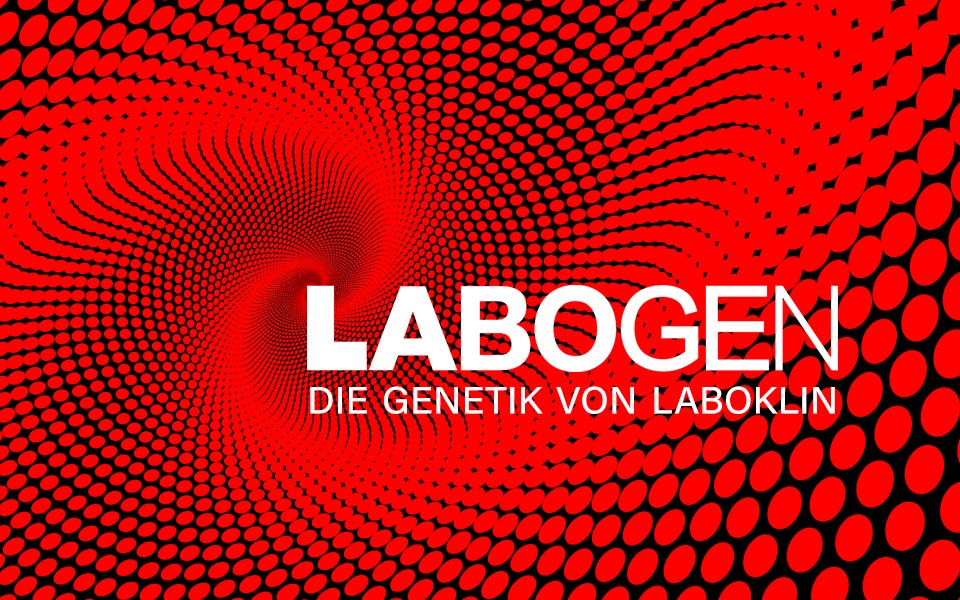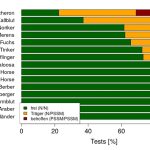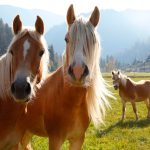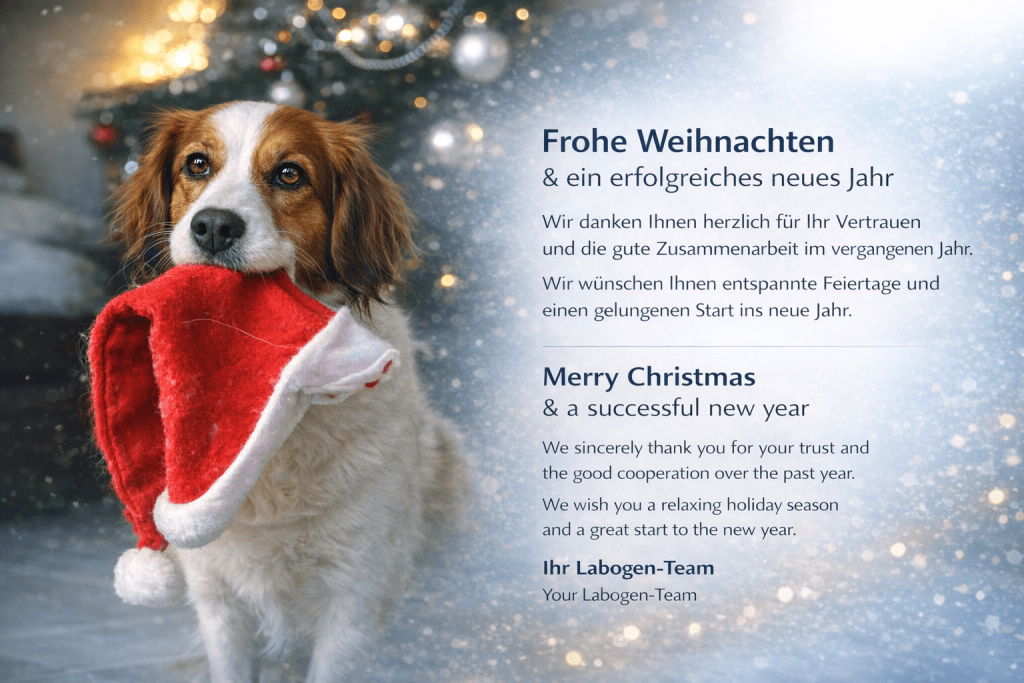Current classification of breeding with the Merle trait
The breeding of the merle coat color has been a hotly debated topic for decades, not least because of the tension between supporters of the special coloring and those who fundamentally reject this color due to the associated health risks.
As a diagnostic laboratory, Laboklin has been supporting breeding associations and veterinarians with scientific expertise on this topic from the very beginning in order to enable healthy breeding. Laboklin always focuses on the scientific, objective aspect of animal health, which must of course reflect the given legal framework. Aspects of the individual health of each dog must be taken into account as well as the overall genetic health of entire populations.
In view of the current situation, we would therefore like to once again clearly outline the genetic principles that must be objectively taken into account in the topic of the Merle coat color.
The coat color Merle is caused by an insertion in the SILV gene, which has different forms of expression in variable lengths, the so-called M-locus. The variants at the M locus are inherited dominantly, so that the coat pattern already appears phenotypically for heterozygous carriers from a certain insertion length.
IMPORTANT: For the classic Merle pattern in the expression required by the serious breed standards, which is based on the heterozygous genotype M/m, no health-relevant symptoms are known to the current state of knowledge.
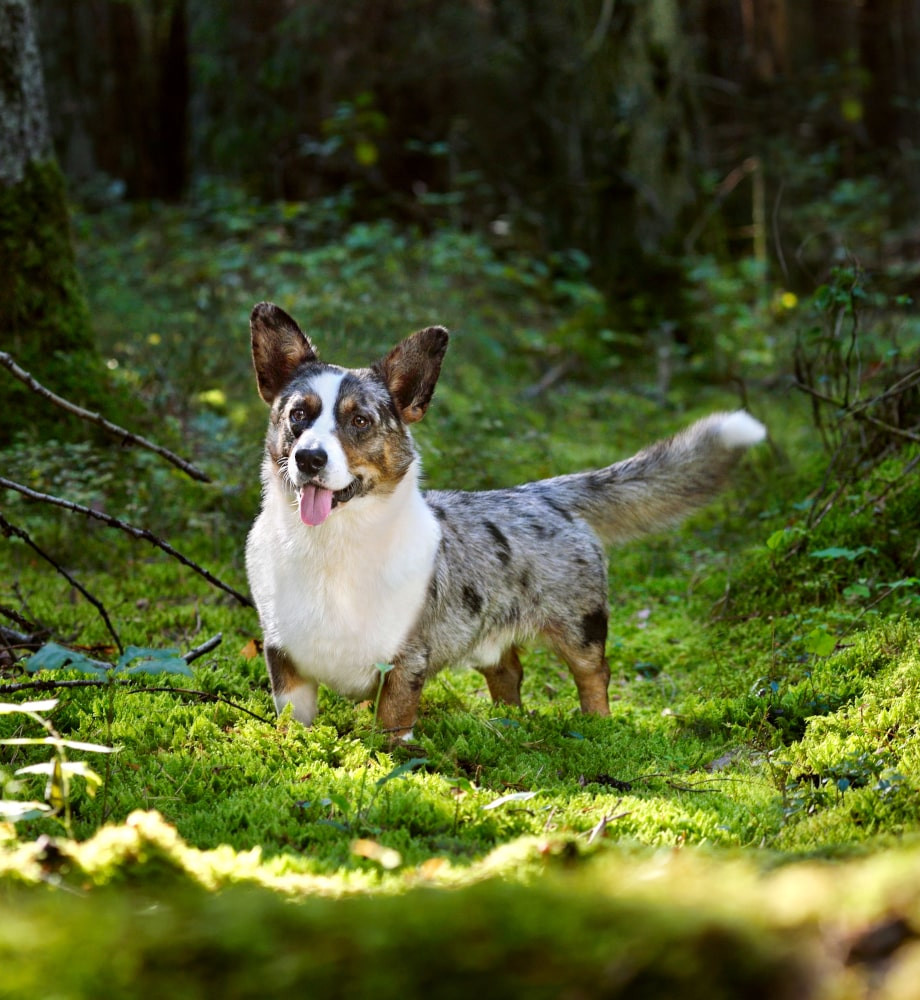
Nevertheless, merle breeding is a special case with regard to health, as the dominant trait in homozygous expression with alleles of higher insertion length (e.g. genotype M/M see table) can be associated with severe visual and hearing symptoms. These include impairments of the sensory organs, which can lead to blindness and/or deafness and even severe deformities of the eyes and inner ear structures with complete sensory loss. The health symptoms are usually associated with an increased proportion of white or predominantly white coloration in the affected dogs, which is why these dogs are often referred to as “white tigers”. The term “double merle” refers to the homozygous genotype for one of the causative variants (e.g. M/M or Mh/M).
IMPORTANT: The creation of such double merles is prohibited under §11b of the Animal Welfare Act, so that a targeted mating with knowledge of the genotypes of both partners is mandatory from a legal point of view.
For this reason, responsible breeding associations have been applying rules for many decades to enable healthy breeding with Merle dogs. These rules were already included in the breeding regulations of the responsible breeding associations before the possibility of genotyping the M locus and are still being adapted today.
Today, the rules are based on the seven known variants of the Merle alleles (m, Mc, Mc+, Ma, Ma+, M and Mh) and their possible effects on health. In principle, a risk classification is therefore carried out on the basis of all possible genotypes according to the current state of scientific knowledge (see table) and breeding regulations are imposed on those dogs whose mating could result in a genotype with a health risk. This is essential for safe breeding and is also used in a similar way for other genetic predispositions.
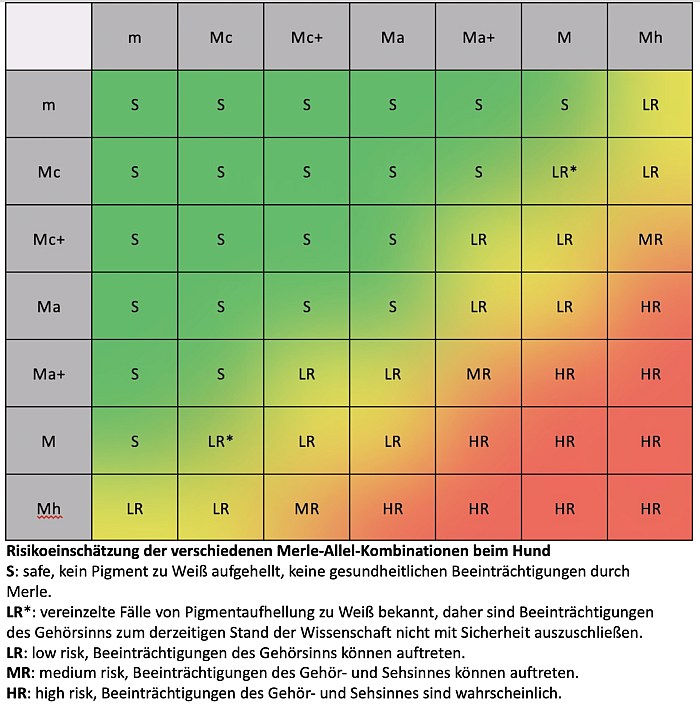
Graphic modified from a graphic by Corinne Benavides-Gyger (based on research by Langevin et al. 2018)
CONCLUSION: Targeted rules in breeding in combination with the genetic test of the M-locus enable a healthy and by all standards risk-free breeding of the coat color Merle.
An additional note must be added in this context: It is not medically necessary to completely prohibit breeding with carriers of a recessive variant for a health-relevant symptomatology, or e.g. the dominant variant for merle. Such regulations would completely remove dogs from the gene pool of the breeding population from which, with correct breeding planning, clinically healthy offspring without an increased health risk would be produced. This would inevitably lead to genetic impoverishment, which represents a population-genetic dead end with the risk of favoring other diseases.
Laboklin is at your disposal in its function as a diagnostic laboratory with broad scientific expertise for all your queries in this context. We look forward to hearing from you as an animal lover, breeder, breeding association officer, veterinarian, official veterinarian, lawyer or in any other capacity.


